10 Important Acquisitions Fueling VMware’s Multi-Cloud, Container Comeback
VMware has been on a buying binge over the last two years. At VMworld 2019, that wisdom of that acquisition strategy came fully into the light.
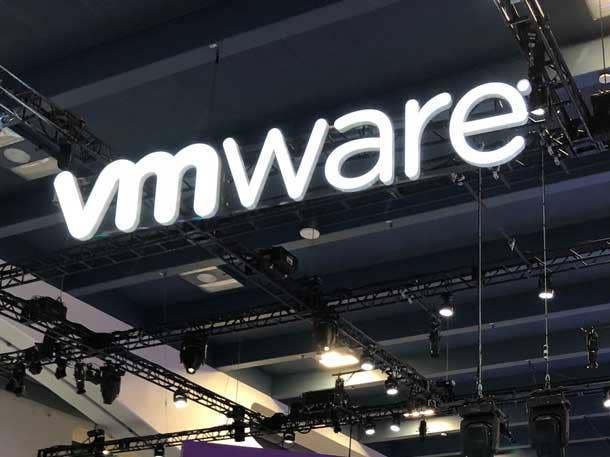
The Deals Powering VMware's Cloud And Container Turnaround
VMware's growth and development strategy relies on both innovation and acquisition, VMware CEO Pat Gelsinger often says.
But while VMware's ability to innovate was on display at VMworld 2019 in San Francisco, just about all of the big revelations at the conference have highlighted a string of recent (or slated) acquisitions underpinning the company's ambitious comeback, one rooted in a deep immersion into what Gelsinger has called "the two Cs"—containers and cloud.
Every game-changing new (or coming) product or service, to some degree, can be traced back to the purchase of a company that brought (or will soon bring) to VMware capabilities countering what were not long ago seen as existential threats from two of the industry's most disruptive technologies.
The fruits of that shopping spree have set up VMware as a leading contender in categories the company was barely a player in two years ago when it launched in earnest its ambitious transformation. Here's what we learned at VMworld about how 10 recent deals have paved VMware's path into the multi-cloud world.
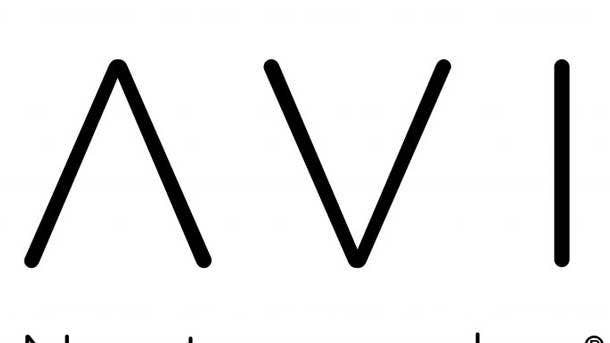
Avi Networks
Cloud-native workloads require a modern slate of application delivery capabilities.
Next-gen load balancing, service mesh, web application firewalls and autoscaling are critical components in powering and securing cloud applications, as well as ones running on-premises that mimic the simplicity of the cloud's delivery model.
VMware's purchase of Avi Networks this summer was another bold proclamation that embracing the multi-cloud world was more than a marketing ploy for the virtualization leader.
At VMworld 2019, the Avi Vantage Platform has been a central component in VMware's pitch to DevOps professionals that it has transformed its infrastructure into a multifaceted environment for modern apps built from micro-services and running across heterogenous environments.
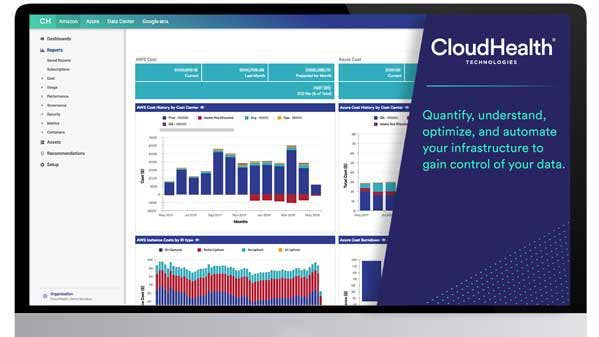
CloudHealth Technologies
If you want to run workloads across multiple clouds, it helps to be able to manage multiple clouds, and preferably optimize your cloud spend in the process.
When VMware bought CloudHealth Technologies last October, the startup's platform almost seemed peripheral to VMware's core business of powering on-premises data centers.
But the multi-cloud thrust that's dominated the discussion at VMworld 2019 has brought to light the importance of the deal.
Tanzu Mission Control, the first product launched as part of VMware's overarching Tanzu initiative to become a cloud and container leader, is anchored in CloudHealth technology. Once Tanzu Mission Control becomes generally available, CloudHealth will enable its first adopters to efficiently manage resources and gain cost visibility into Amazon Web Services and Microsoft Azure environments.
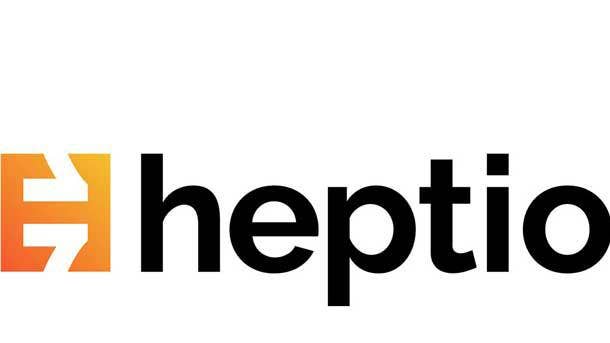
Heptio
While not one of the company's larger acquisitions, Heptio provided the spark that ignited VMware's critically important Kubernetes efforts, now culminating in its Tanzu initiative to become a container leader.
Heptio founders Joe Beda and Craig McLuckie worked on the original container orchestration project at Google, and they were the first to commit code after that pioneering work shifted into the open-source Kubernetes project that revolutionized the industry.
VMware is now the third largest contributor to the Kubernetes project, largely thanks to the leadership and imprimatur it gained from Heptio's team. Beda and McLuckie were critical in shaping the vision that spawned Tanzu, VMware's coming multi-cloud, Kubernetes platform, as well as native integration of Kubernetes into vSphere as part of Project Pacific.
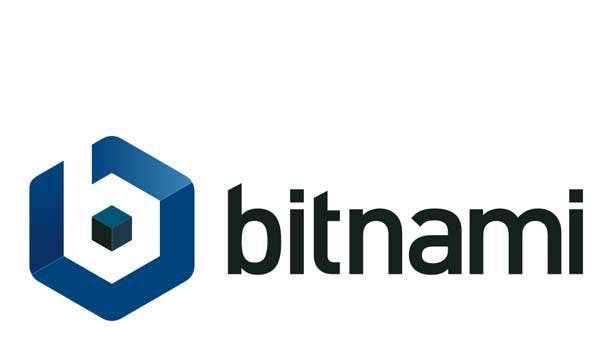
Bitnami
Bitnami lifted VMware's multi-cloud strategy into the application layer and boosted the open-source credibility the virtualization vendor needs to become a serious player in the cloud-native market.
While more has been said of the subsequent and pricier deals for Pivotal and Carbon Black (even before either of those acquisitions has closed), Bitnami in many ways is the third leg of the multi-cloud stool.
Gelsinger in his Monday keynote cited Bitnami as evidence that "we're absolutely an open- source company these days."
Bitnami "runs a shocking amount of the world's workloads," said McLuckie, VMware's vice president for research and development, in a session on VMware's Kubernetes road map.
More than 1.5 billion compute hours a year go to running packaged Bitnami images, McLuckie told VMworld 2019 attendees. "We now have capabilities to produce those progressive, cloud-native applications," he said.
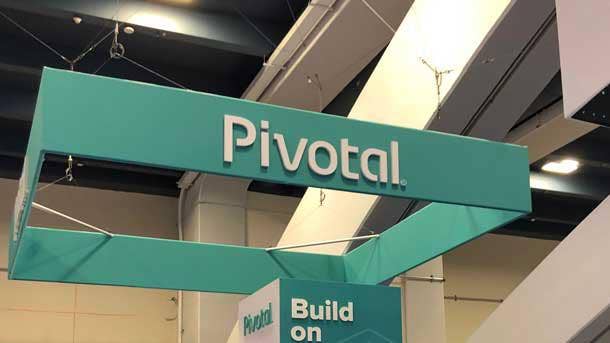
Pivotal
The blockbuster deal for the vendor of one of the industry's leading cloud-native application development platforms seemed to be the hottest topic of debate at VMworld 2019.
While the company that once spun out of VMware is associated more closely with its Cloud Foundry PaaS project, Pivotal's collaboration in recent years with VMware on the PKS Kubernetes service, as well as its recent integration of Kubernetes into Pivotal Application Service and Pivotal Cloud Foundry, illustrate the treasure of Kubernetes expertise VMware will gain in the acquisition. Pivotal resources will be essential in advancing VMware's Tanzu initiative to become a Kubernetes powerhouse, said McLuckie.
McLuckie told attendees at a breakout session at VMworld that Pivotal also exposes VMware to millions of developers, partly through the Spring Boot framework that's extremely popular in enterprise dev shops and downloaded 75 million times a month.
Pivotal's Spring Boot technology actually traces its origins to VMware's SpringSource acquisition 10 years earlier.
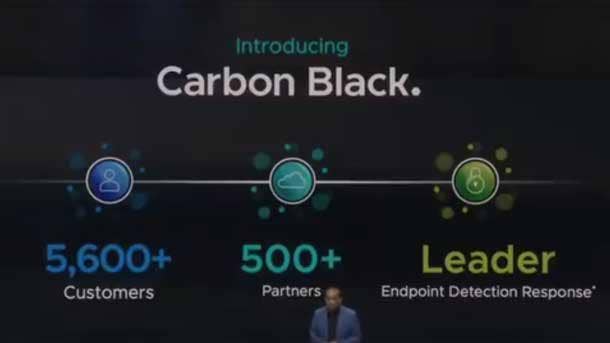
Carbon Black
Gelsinger has long lamented the lack of unified security platforms for the cloud era. The acquisition of Carbon Black helps VMware solve that dilemma by delivering cloud-native security features that can be integrated into several of the company's products.
Carbon Black technology will find its way into a host of VMware security, management and networking offerings, including Workspace One endpoint management, NSX networking, CloudCoreo configuration offerings, and joint offerings with parent Dell Technologies.
When you add Carbon Black to eight or nine modules within the VMware ecosystem, "you get magic," VMware COO Sanjay Poonen told VMworld attendees.
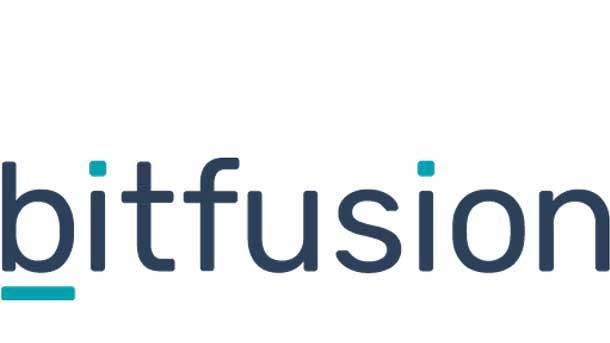
Bitfusion
Machine learning, and the artificial intelligence applications the technology enables, are critical components of any budding cloud provider's posture in the market.
Bitfusion, a pioneer in delivering virtualized software for tapping the power of GPUs, FPGAs, and ASICs to speed performance, makes VMware infrastructure much more AI-friendly.
At VMworld 2019, VMware leaders highlighted the ability of Bitfusion technology to empower VMware administrators to decouple physical resources from physical servers and offload intensive computing processes to hardware accelerators.

CloudCoreo
The startup, before being scooped up by VMware at the start of last year, made a name for itself by enabling management of cloud configurations and proactively identifying risks when deploying public clouds to better prevent breaches and compliance violations.
CloudCoreo technology was an important component of VMware's first foray into partnering with public cloud giants through the groundbreaking VMware Cloud on AWS release.
CloudCoreo co-founder and former CMO Jason Needham now leads product development for VMware's cross-cloud services as the VMware Cloud effort expands across other public cloud giants. That emerging portfolio is critical to VMware's aim to support consistent operations across any cloud.
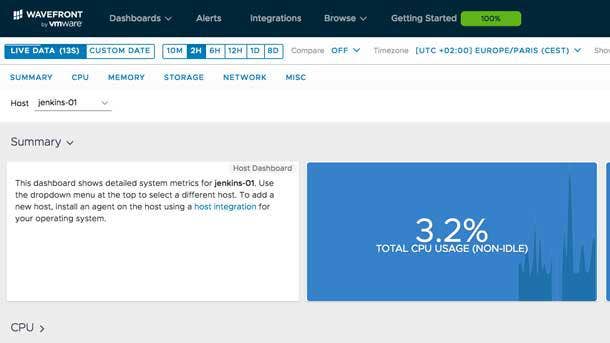
Wavefront
When the deal to buy Wavefront was unveiled in April 2017, VMware still hadn't gone public with its intention to pull off a game-changing multi-cloud transformation.
At the time, the vRealize Operations platform was VMware's answer to monitoring private cloud environments—and that was what most VMware professionals cared about.
But Wavefront marked the company's first foray into supporting cloud-native methods like micro-services architectures and DevOps as VMware prepared to take the leap into the multi-cloud world.
At VMworld 2019, VMware often showcased how the cloud-based, real-time analytics platform undergirds its capabilities for monitoring and managing cloud applications.
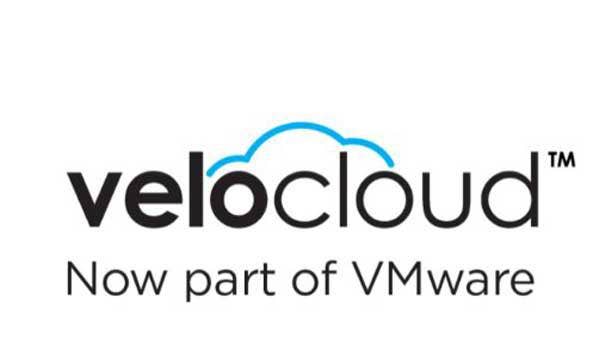
VeloCloud
Modern IT environments first burst out of the corporate data center into the public cloud. In recent years they've continued flaring to the edge of networks.
Advanced networking is crucial to enabling these increasingly distributed and complex footprints, and it will become more so as the promise of 5G becomes a reality.
VeloCloud, with its innovative SD-WAN technology, is playing a key role in fulfilling VMware's edge and IoT strategy.
The startup acquired in 2017 is solving problems for VMware, and parent Dell Technologies, that come with increasing traffic and strained capacity, enabling reliable application performance for workloads far removed from the cloud or corporate data center.
VMware SD-WAN by VeloCloud was a hot focus at VMworld 2019 as VMware partners look to provide enterprises with choice in security, cloud infrastructure and network management solutions.